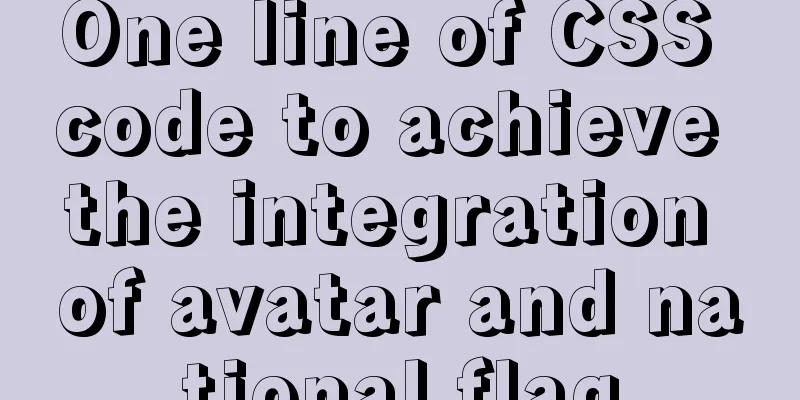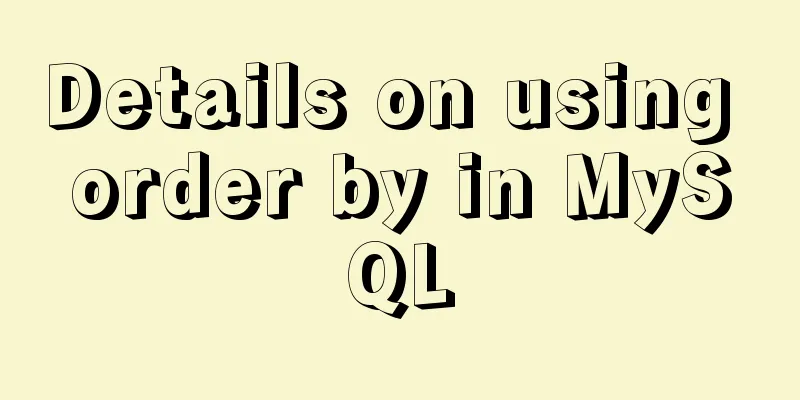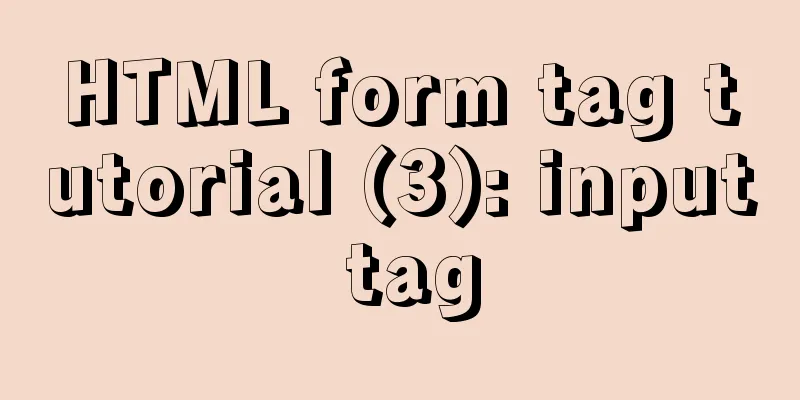A brief discussion on the design of Tomcat multi-layer container

|
Tomcat's container is used to load Servlet. So how is Tomcat's Servlet container designed? Container Hierarchy Tomcat has designed four containers: Engine, Host, Context and Wrapper
Through this layering, Tomcat makes the Servlet container very flexible.
Observe the server.xml configuration file of Tomcat. Tomcat adopts a componentized design, with the outermost layer being the Server
These containers have a parent-child relationship, forming a tree structure. Tomcat uses a composite mode to manage these containers. All container components implement the Container interface, so the composite mode allows users to The lowest level wrapper of a single container object Context, Host or Engine on the composite container object Container interface definition:
public interface Container extends Lifecycle {
public void setName(String name);
public Container getParent();
public void setParent(Container container);
public void addChild(Container child);
public void removeChild(Container child);
public Container findChild(String name);
}
The process of requesting to locate the Servlet With so many levels of containers, how does Tomcat determine which Servlet in which Wrapper container handles the request? Mapper locates the URL requested by the user to a Servlet How it worksThe Mapper component stores the configuration information of the Web application: the mapping relationship between the container component and the access path, such as
These configuration information is a multi-level Map. When a request comes in, the Mapper component can locate a Servlet by parsing the domain name and path in the request URL and then searching in the Map it has saved. If there is an online shopping system,
The two systems run on the same Tomcat. To isolate their access domain names, two virtual domain names are configured: manage.shopping.com user.shopping.com In this deployment, Tomcat will create a Service component and an Engine container component, create two Host sub-containers under the Engine container, and create two Context sub-containers under each Host container. Since a web application usually has multiple Servlets, Tomcat also creates multiple Wrapper sub-containers in each Context container. Each container has a corresponding access path
How does Tomcat locate a URL to a Servlet? First, select Service and Engine according to the protocol and port number. Select Host based on domain name. Find the Context component based on the URL path Finally, find the Wrapper (Servlet) based on the URL path Servlets are not the only ones that process requests. Parent and child containers on the search path will also process the requests:
This calling process uses the Pipeline-Valve pipeline and the chain of responsibility model. During a request processing process, many handlers process the request in turn. Each handler is responsible for its own processing. After processing, the next handler will be called to continue processing. Valve represents a processing point, such as permission authentication and logging.
public interface Valve {
public Valve getNext();
public void setNext(Valve valve);
public void invoke(Request request, Response response)
}
Since Valve is a processing point, the invoke method is used to process the request.
public interface Pipeline extends Contained {
public void addValve(Valve valve);
public Valve getBasic();
public void setBasic(Valve valve);
public Valve getFirst();
}
Therefore, a Valve linked list is maintained in the Pipeline, and the Valve can be inserted into the Pipeline. Each container has a Pipeline object. As long as the first Valve of the Pipeline is triggered, all the Valves in the Pipeline of this container will be called. But how to chain trigger Pipelines of different containers?
The entire calling process is triggered by the Adapter in the connector, which calls the first Valve of the Engine:
The last Valve of the container will create a Filter chain and call the doFilter method, which will eventually be called to the service method of the Servlet. What is the difference between Valve and Filter?
This is the end of this article about the design of Tomcat multi-layer container. For more relevant Tomcat multi-layer container content, please search for previous articles on 123WORDPRESS.COM or continue to browse the following related articles. I hope everyone will support 123WORDPRESS.COM in the future! You may also be interested in:
|
<<: Small details of web front-end development
>>: How to avoid duplication of data when inserting in MySql batch
Recommend
Design theory: the basics of font design
<br />Words are the inevitable product of hu...
In IIS 7.5, HTML supports the include function like SHTML (add module mapping)
When I first started, I found a lot of errors. In...
MySQL implements an example method of logging in without a password
Specific method: Step 1: Stop the mysql service /...
Example code for implementing WeChat account splitting with Nodejs
The company's business scenario requires the ...
Linux unlink function and how to delete files
1. unlink function For hard links, unlink is used...
Implementation of Node connection to MySQL query transaction processing
Table of contents Enter the topic mysql add, dele...
Installation process of CentOS8 Linux 8.0.1905 (illustration)
As of now, the latest version of CentOS is CentOS...
How to write the style of CSS3 Tianzi grid list
In many projects, it is necessary to implement th...
Detailed explanation of the use of HTML header tags
HTML consists of two parts: head and body ** The ...
CentOS7 deployment Flask (Apache, mod_wsgi, Python36, venv)
1. Install Apache # yum install -y httpd httpd-de...
Samba server configuration under Centos7 (actual combat)
Samba Overview Samba is a free software that impl...
Analyze the method of prometheus+grafana monitoring nginx
Table of contents 1. Download 2. Install nginx an...
How to find the IP address of Raspberry Pi when it is connected to the wireless network without a screen
Assuming you are a linuxer , we don't want to...
Docker renames the image name and TAG operation
When using docker images, images with both REPOSI...
MySQL 5.7.21 Installer Installation Graphic Tutorial under Windows 10
Install MySQL and keep a note. I don’t know if it...




 Wrapper
Wrapper








